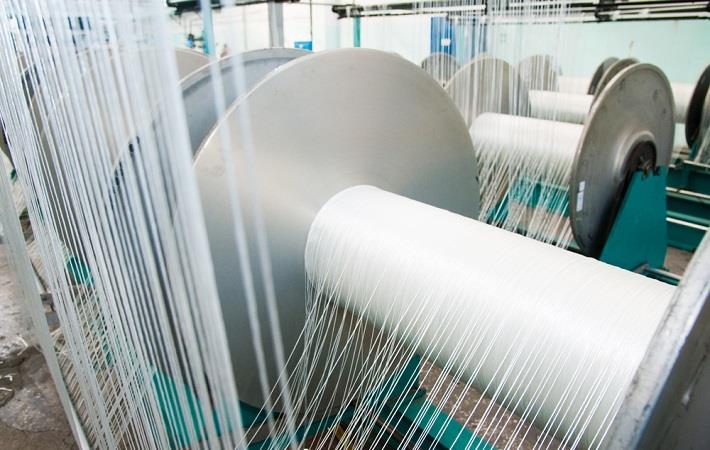
Post-lockdown, prices of cotton yarn have increased, for e.g. price of cotton yarn 30s has risen from about ₹195/kg in August 2020 to around ₹240/kg now. One of the reasons is a considerable increase in the price of cotton in the new season. Price has moved up from ₹38,500 per candy in November 2020 to around ₹45,000 per candy now.
Secondly, spinning sector started off little late and was operating with lower utilisation after the lockdown. "It started ramping up only from September onwards, but even now it is facing worker shortage in states like Tamil Nadu," ITF Convenor Prabhu Dhamodharan told Fibre2Fashion.
Speaking about the demand situation, Dhamodharan says, "Good demand is coming from all segments of the value chain, mainly driven by the pent-up demand for finished goods. Companies started working with higher inventory levels to avoid supply disruptions and easy liquidity is helping manufacturers to afford the extra inventory."
Dhamodharan terms the increase in demand as well as the price rise as the much-needed green shoots. "A healthy and financially viable spinning sector is much needed for our agri and manufacturing economy," he adds.
However, the increase in demand is not limited to India. "Prices of many products in several sectors are going up, across the globe. Prices of textile products, including cotton, polyester, and viscose at raw material stage, are also going up. Naturally, it is reflecting in yarn and fabrics prices in India too," says Prabhu Dhamodharan.
In spite of the price rise, Indian cotton and yarn is still cheaper compared to other competing countries. "So, we need to work on communicating to buyers regarding the reality and insist for better prices. Further, our competing countries also need to work with higher raw material cost, even higher than our cost. In fact, value chain upto the retail stage needs to absorb the increase in prices, but that will happen in a phased manner," according to Prabhu Dhamodharan.
As a long-term strategy, he suggests that more companies should move towards integration and focus on value addition to capitalise on the post-COVID opportunities in finished product exports "to make this cyclical demand a structural one".
Fibre2Fashion News Desk (RKS)